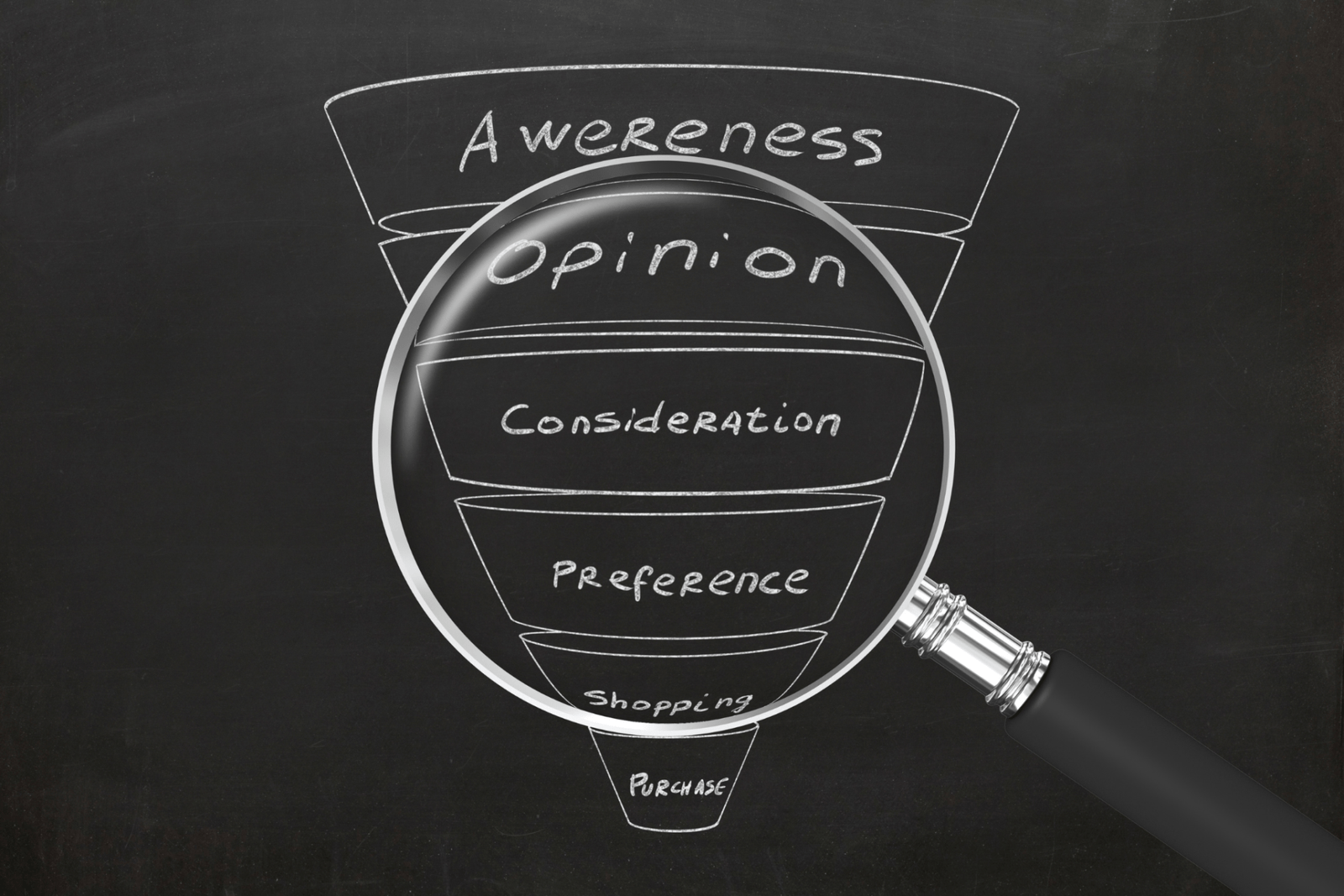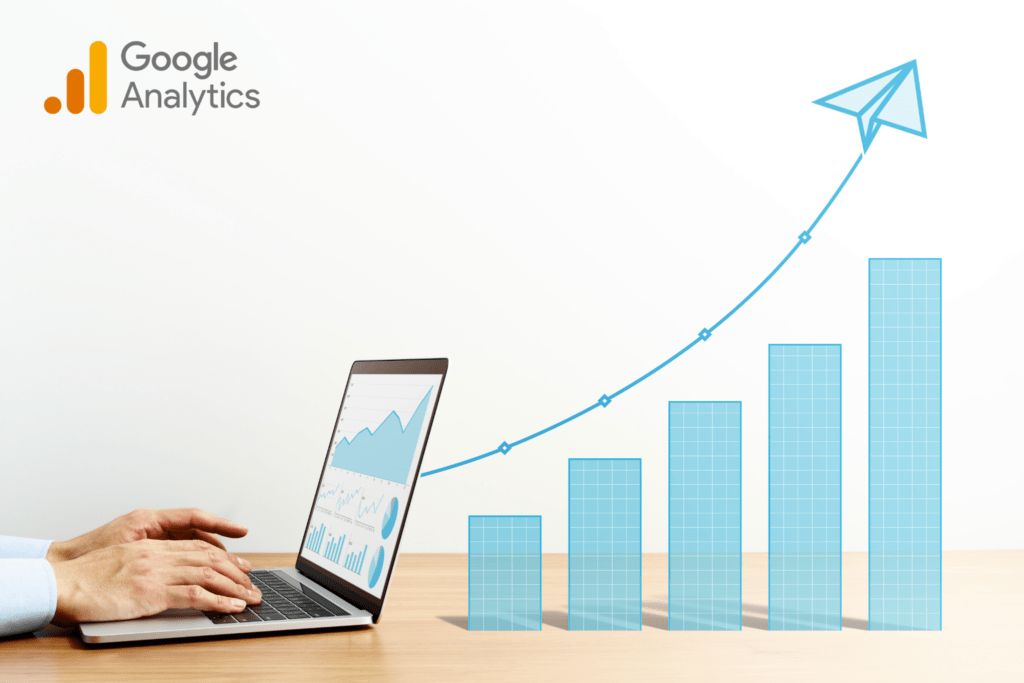When I first heard about a “marketing funnel,” I was as puzzled as you might be now. You see, the term gets thrown around a lot in marketing circles, but what does it actually mean? Why should you care? Let’s break it down together and make sense of it in a way that feels like chatting with a friend over coffee.
Real Questions and Worries
I know what you’re thinking:
- “What exactly is a marketing funnel?”
- “How does it help my business?”
- “Is it really necessary?”
These are genuine concerns, and trust me, I’ve been there too. But once you grasp the concept of a marketing funnel, you’ll see how it can transform your approach to attracting and retaining customers.
What is a Marketing Funnel?
A marketing funnel is essentially a journey. Imagine it as a path your potential customers travel from the moment they first hear about your product or service until they make a purchase—and even beyond that. It’s called a “funnel” because it starts wide and narrows down, filtering prospects as they move through different stages.
Keyword: marketing funnel
The Stages of a Marketing Funnel
To keep things simple, let’s break down the funnel into a few main stages. These stages might have fancy names in marketing textbooks, but we’ll stick to easy-to-understand terms.
1. Awareness
Awareness is the top of the funnel. At this stage, people are just discovering your brand. They might have found you through a Google search, social media post, or a friend’s recommendation. The goal here is to grab their attention.
- Blog posts: Write engaging and informative content that answers common questions in your industry.
- Social media: Share interesting and shareable posts.
- SEO: Optimize your content to be found in search engines.
2. Interest
Once people know you exist, the next step is interest. This is where they start to learn more about what you offer. They’re not ready to buy yet, but they’re curious.
- Email newsletters: Send helpful and relevant information.
- Webinars: Host informative sessions that provide value.
- Free resources: Offer e-books, guides, or checklists.
3. Consideration
During the consideration phase, potential customers are weighing their options. They’re looking at your competitors and trying to decide if you’re the right fit.
- Product demos: Show how your product works.
- Case studies: Share success stories of your customers.
- Comparison guides: Highlight what makes you stand out.
4. Intent
In the intent stage, people are leaning toward making a purchase. They just need a little nudge to seal the deal.
- Discounts and offers: Provide limited-time deals.
- Testimonials: Share reviews and endorsements from happy customers.
- FAQs: Answer any lingering questions they might have.
5. Purchase
Finally, we reach the purchase stage. Hooray! Your prospect has decided to buy. But the funnel doesn’t end here.
- Easy checkout process: Make the buying process smooth.
- Confirmation emails: Send a thank-you note and purchase details.
- Upsell opportunities: Suggest complementary products.
6. Loyalty
Many people overlook the loyalty stage, but it’s crucial. You want your customers to keep coming back and to spread the word about your business.
- Loyalty programs: Offer rewards for repeat purchases.
- Regular updates: Keep in touch with valuable content and updates.
- Customer service: Provide excellent support to keep them happy.
Why is a Marketing Funnel Important?
Understanding and implementing a marketing funnel helps you:
- Target your efforts: Focus on what’s important at each stage.
- Measure success: Track and analyze how well each stage performs.
- Optimize the process: Make data-driven improvements.
- Build relationships: Engage with customers at every step.
FAQs about Marketing Funnels
1. Do I need a marketing funnel for my small business?
Absolutely! Whether you’re a small business or a large corporation, a marketing funnel helps you understand your customers better and guide them toward making a purchase.
2. How do I start creating a marketing funnel?
Start by mapping out your customer’s journey. Identify the key stages (awareness, interest, consideration, intent, purchase, and loyalty) and create content and strategies for each stage.
3. Can I use social media in my marketing funnel?
Yes, social media is a powerful tool at the top of the funnel for building awareness and engaging potential customers. Share valuable content, interact with followers, and drive them to your website.
4. What tools can help me manage my marketing funnel?
There are many tools available, such as CRM software (like HubSpot or Salesforce), email marketing platforms (like Mailchimp), and analytics tools (like Google Analytics) to help you manage and optimize your funnel.
Stories and Examples
The Coffee Shop Example
Imagine you own a coffee shop. Here’s how you might apply a marketing funnel:
- Awareness: A potential customer sees your Instagram post about a new coffee blend.
- Interest: They visit your website and read a blog post about the origins of the beans.
- Consideration: They sign up for your newsletter to get a discount code.
- Intent: They receive an email with a special offer and decide to visit your shop.
- Purchase: They buy a cup of coffee and love it.
- Loyalty: You enroll them in a loyalty program, and they come back regularly, eventually bringing friends.
The Online Store Example
Or maybe you have an online store:
- Awareness: Someone finds your product through a Google search.
- Interest: They browse your product descriptions and customer reviews.
- Consideration: They add a few items to their cart and sign up for your email list for a 10% discount.
- Intent: They receive an email reminder about the items in their cart.
- Purchase: They complete the purchase.
- Loyalty: You send them personalized recommendations and offer rewards for future purchases.
Tips for Optimizing Your Marketing Funnel
Here are a few tips to make your marketing funnel even more effective:
- Analyze Data: Use tools like Google Analytics to see where people drop off in the funnel.
- A/B Testing: Experiment with different content, CTAs (call-to-actions), and offers to see what works best.
- Personalization: Tailor your messages to different segments of your audience.
- Automation: Use marketing automation tools to streamline your processes.
- Feedback: Collect feedback from customers to improve each stage of the funnel.
Wrapping It Up
A marketing funnel isn’t just a buzzword; it’s a strategic approach to guiding your potential customers through their buying journey. By understanding each stage and how to address your audience’s needs at every step, you can create a seamless experience that not only converts leads into customers but also fosters long-term loyalty.
Remember, a well-crafted funnel can transform the way you do business. So, why not start mapping out your own marketing funnel today? The results might just surprise you.

